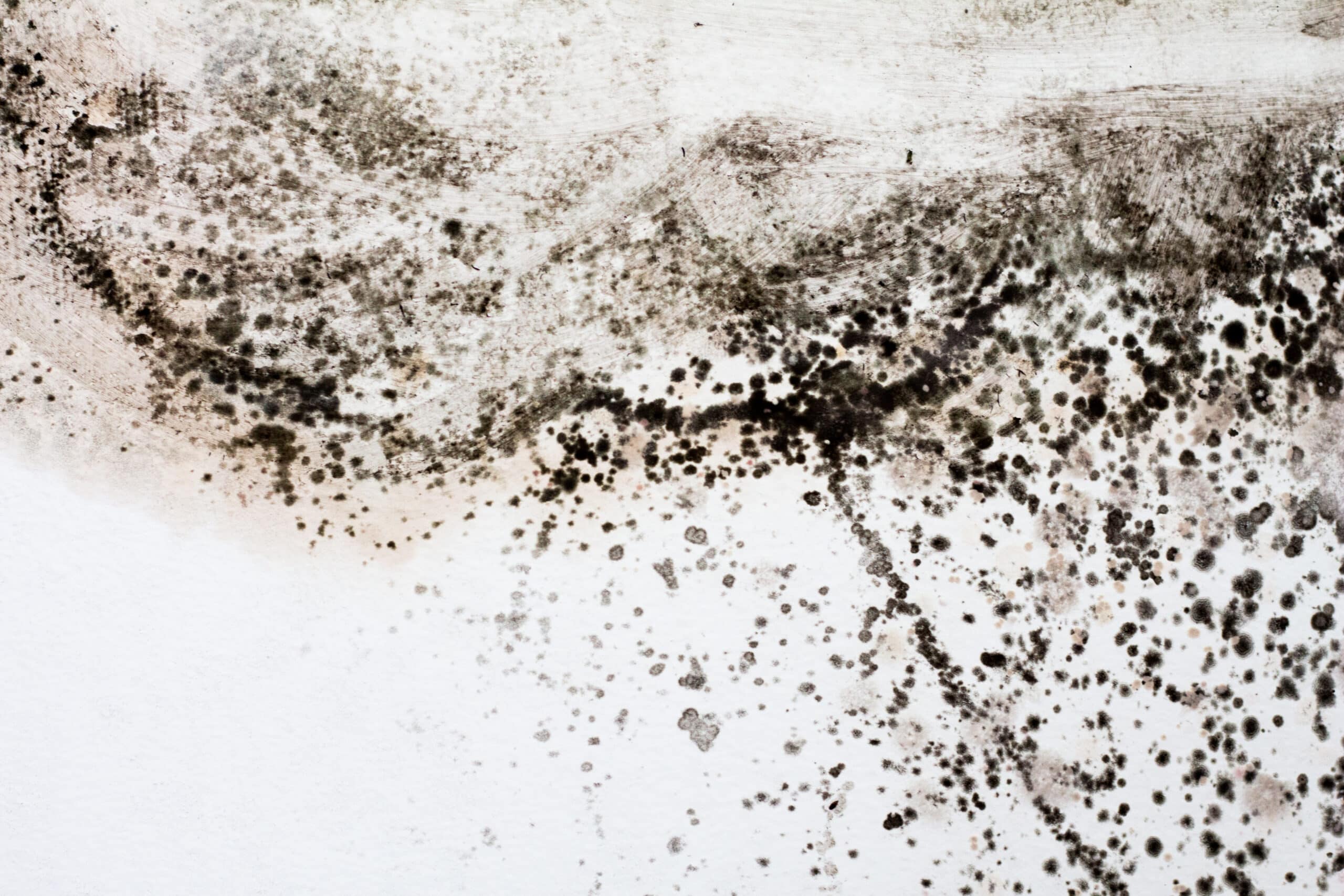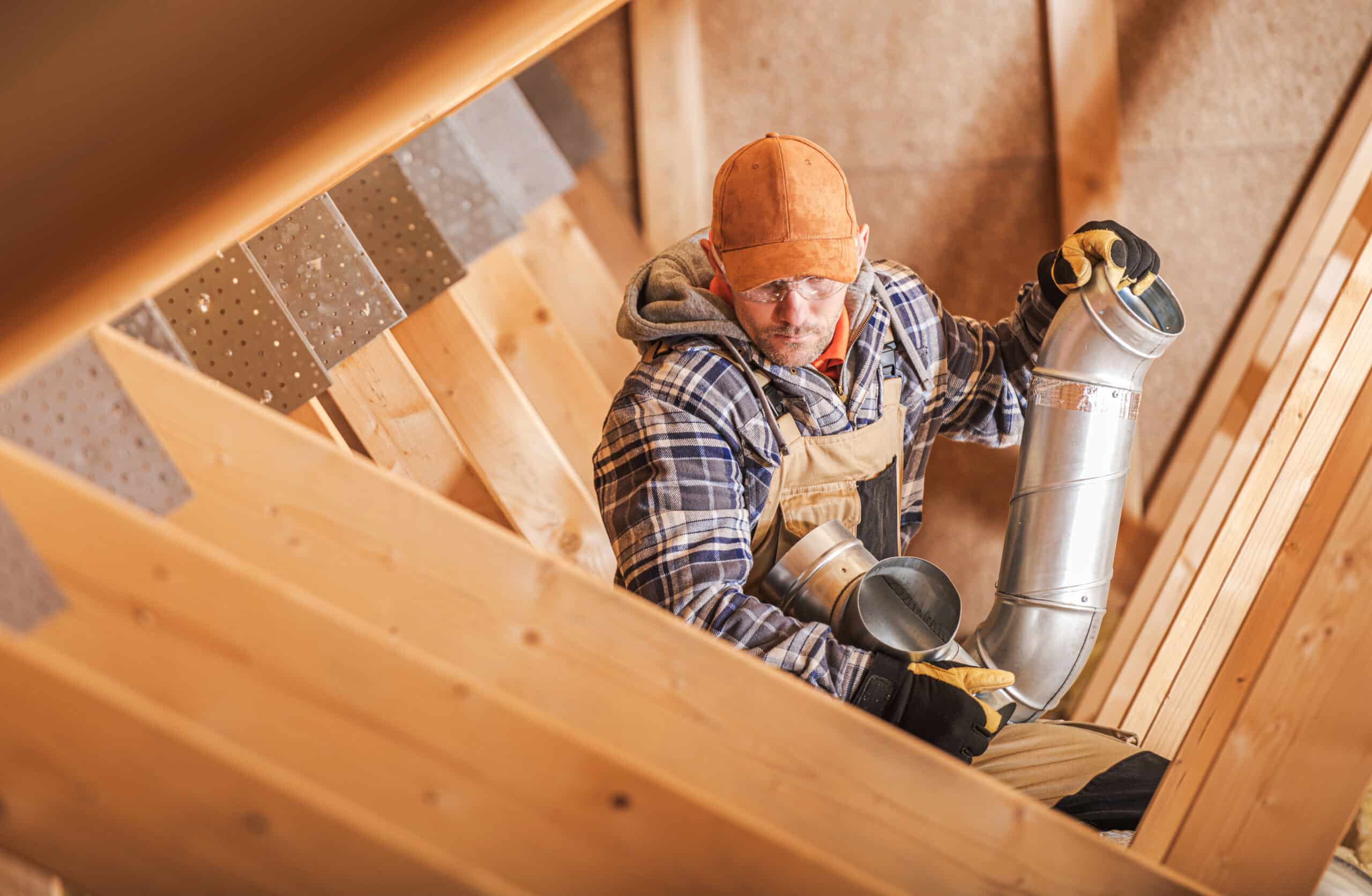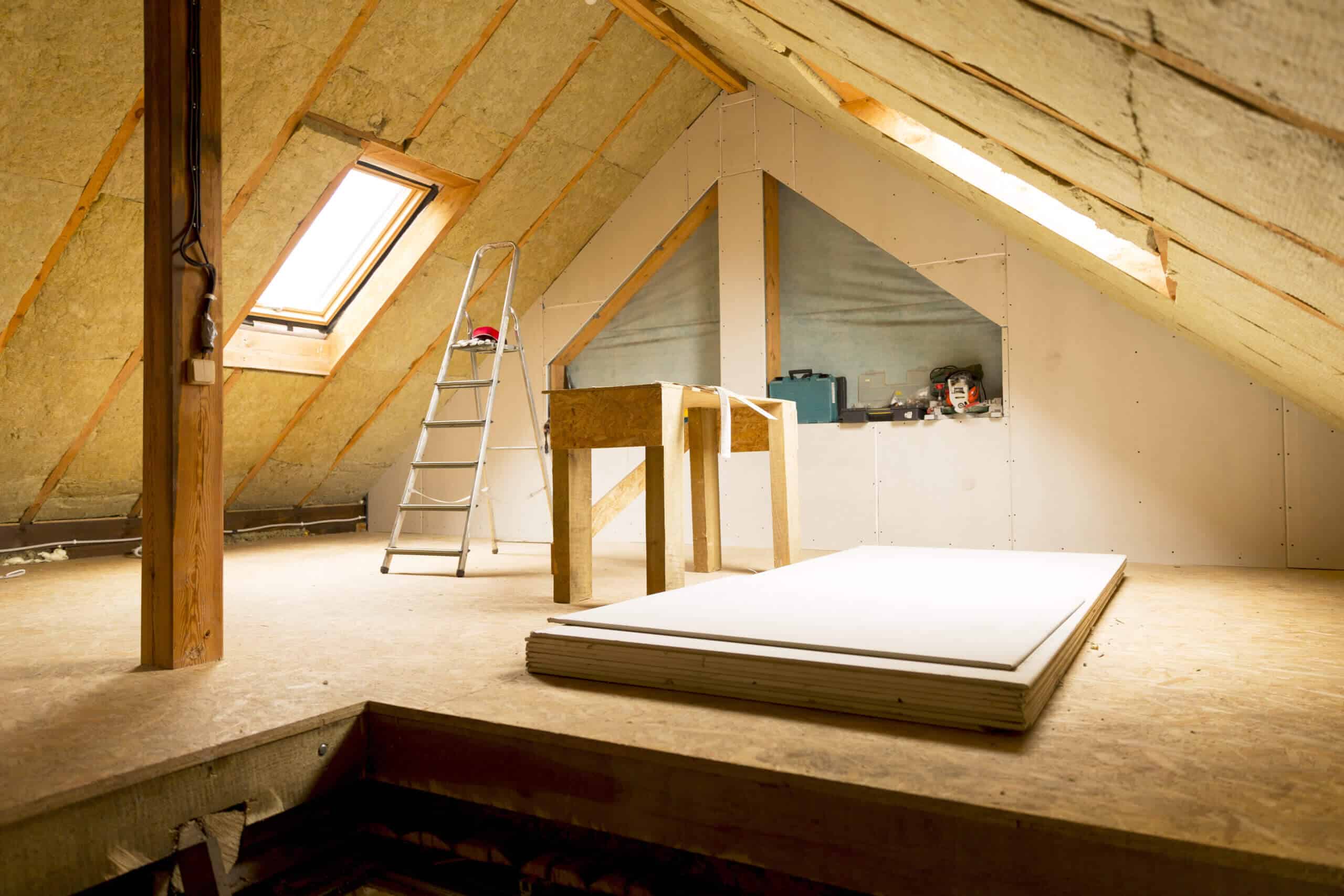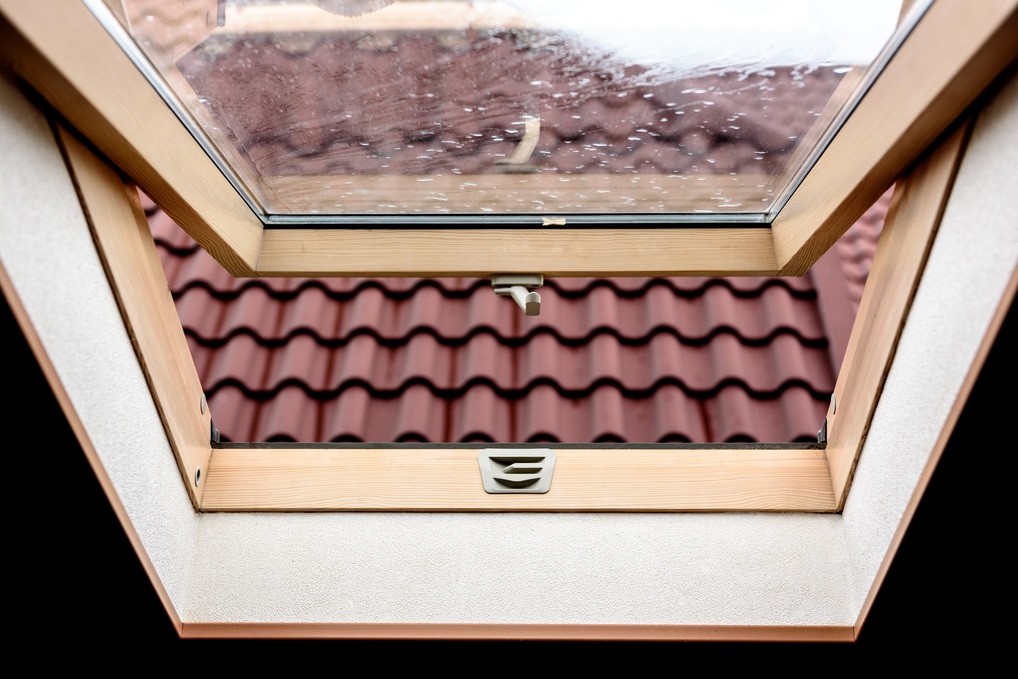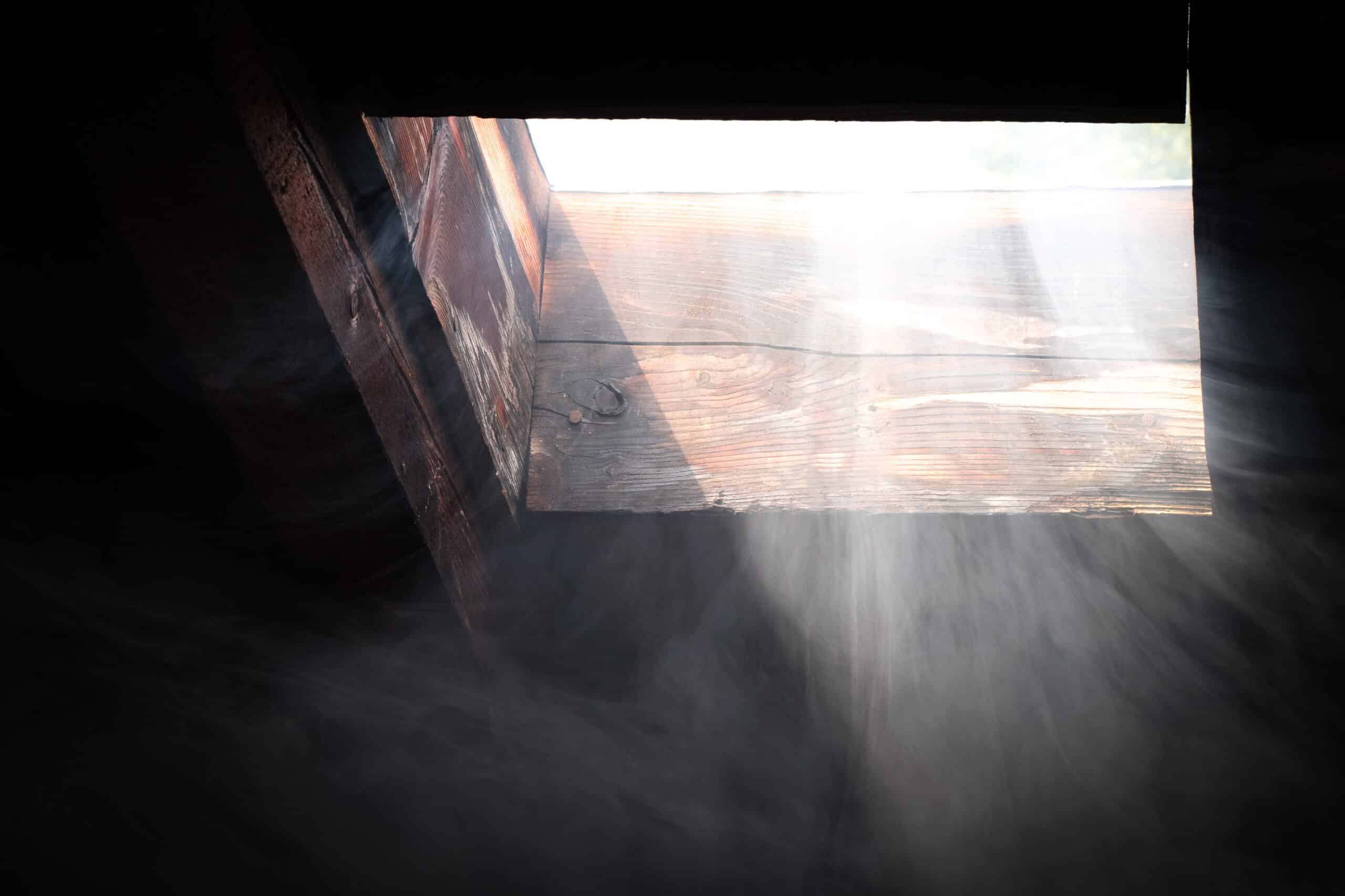
What is Water Intrusion
Water intrusion is a cause of expensive property damage that can take a long time to fix. Whether you are a homeowner or the owner or manager of a larger commercial property, avoid problems in the future by being on guard for water intrusion. Develop a plan of action that includes the following: Understanding what water intrusion is and how it occurs Learning to recognize and prevent the leading causes of water intrusion Knowing when to contact a professional about water intrusion Educating employees and family members about water intrusion Storms, burst pipes, and appliance failures can occur at any time in buildings of any age. When they happen, shaving even seconds off your response time could save you thousands of dollars. The time you spend today preparing for water intrusion is a sound investment in your financial future, your peace of mind, and the safety of anyone who will occupy your building. What is Water Intrusion? Property owners sometimes fall prey to water intrusion because they do not recognize the scope of the problem. A property manager who is satisfied because the roof and the pipes under the sink do not leak might overlook insidious threats until it does irreparable damage. Water Intrusion Meaning Water intrusion is a catch-all category that includes any event that brings unwanted water into a building from any source. The water could be natural, such as rainwater through a leaky roof or water from the municipal water supply. Water intrusions can carry debris, toxic waste, bacteria, mold, and other hazards — not merely water. Water Intrusion Examples Water intrusion can arise in many different ways in many locations within a building. Consider these examples and ask yourself whether your property management policies would catch these problems and fix them before they become dangerous. An


